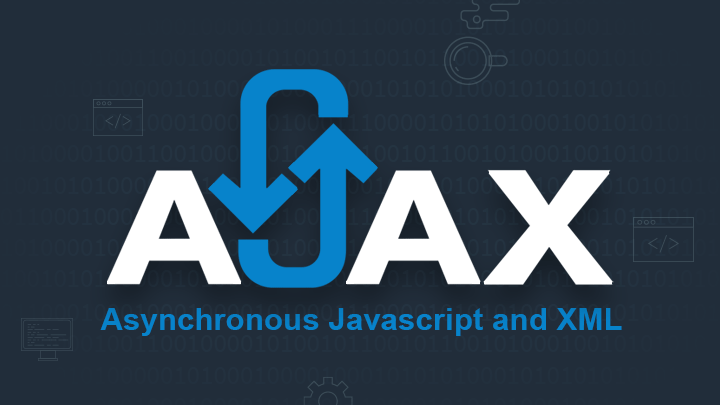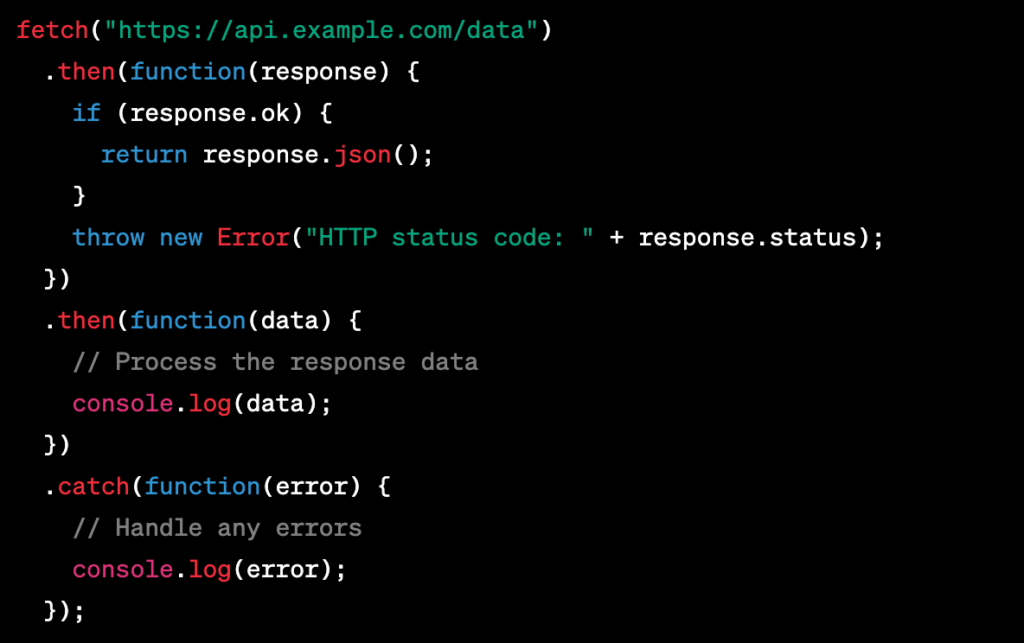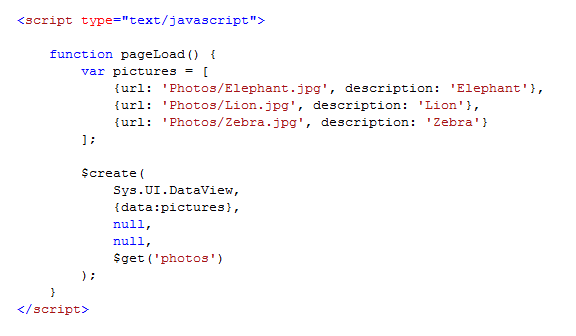Ajax
WHAT IS AJAX?
- AJAX (Asynchronous JavaScript and XML) is a technique used in web development to create interactive and dynamic web applications.
- It allows you to update specific parts of a web page without requiring a full page reload.
- AJAX enables the exchange of data between the web browser and the server in the background, asynchronously, without disrupting the user’s browsing experience.
- AJAX uses asynchronous communication, meaning that the browser can send and receive data to and from the server without blocking or interrupting other operations on the web page.

USE OF AJAX
AJAX allows you to fetch data from a server and update specific parts of a web page without reloading the entire page. This is useful when you want to load new content, such as comments, notifications, or product listings, without interrupting the user’s browsing experience.
AJAX can be used to submit form data to a server in the background without refreshing the page. This enables real-time form validation, where you can check the user’s input and provide instant feedback without requiring a page reload. It also allows for more interactive form handling, such as autocomplete suggestions or live search results.
With AJAX, you can implement real-time updates on your web page by periodically sending requests to the server and fetching new data. This is commonly used in chat applications, social media feeds, or live data dashboards where you want to display the latest information without manual page refresh.
AJAX enables you to retrieve data from the server asynchronously, making it ideal for fetching data from APIs or databases. This allows you to retrieve data in the background while the user continues to interact with the web page. You can then update the UI with the fetched data without blocking the user’s actions.
WHAT ARE THE FEATURES OF AJAX?
Asynchronous Communication – AJAX allows you to send and receive data from a server asynchronously without blocking the user’s interaction with the web page. This means that you can initiate requests to the server and continue processing other tasks while waiting for the response.
Partial Page Updates – AJAX enables you to update specific parts of a web page without reloading the entire page. This feature allows for a more seamless and responsive user experience as only the necessary content is updated, reducing the need for full page refreshes.
Server-Client Data Exchange – AJAX facilitates the exchange of data between the client-side (browser) and server-side (web server). It allows you to retrieve data from the server in various formats, such as JSON, XML, or plain text, and update the web page dynamically based on the received data.


Asynchronous Communication – AJAX allows you to send and receive data from a server asynchronously without blocking the user’s interaction with the web page. This means that you can initiate requests to the server and continue processing other tasks while waiting for the response.
Partial Page Updates – AJAX enables you to update specific parts of a web page without reloading the entire page. This feature allows for a more seamless and responsive user experience as only the necessary content is updated, reducing the need for full page refreshes.
Server-Client Data Exchange – AJAX facilitates the exchange of data between the client-side (browser) and server-side (web server). It allows you to retrieve data from the server in various formats, such as JSON, XML, or plain text, and update the web page dynamically based on the received data.
THE BENEFITS OF LEARNING TO CODE WITH AJAX
Improved User Experience – AJAX allows you to create web applications with smooth and interactive user experiences. By asynchronously retrieving and updating data from the server, you can provide real-time feedback to users without requiring page refreshes. This results in a more seamless and responsive interface.
Efficient Data Retrieval – With AJAX, you can retrieve specific data from the server without reloading the entire web page. This reduces bandwidth usage and minimizes the server load, leading to faster data retrieval and improved performance of your web applications.
Enhanced Interactivity – AJAX enables you to implement various interactive features such as live search, auto-complete suggestions, and real-time updates. These features make your web application more engaging and user-friendly, resulting in increased user satisfaction and improved usability.
Cross-Domain Integration – AJAX supports cross-domain requests, allowing you to integrate data and services from external sources or APIs. This opens up opportunities to leverage a wide range of resources available on the web and build applications that can interact with different platforms and data sources.
